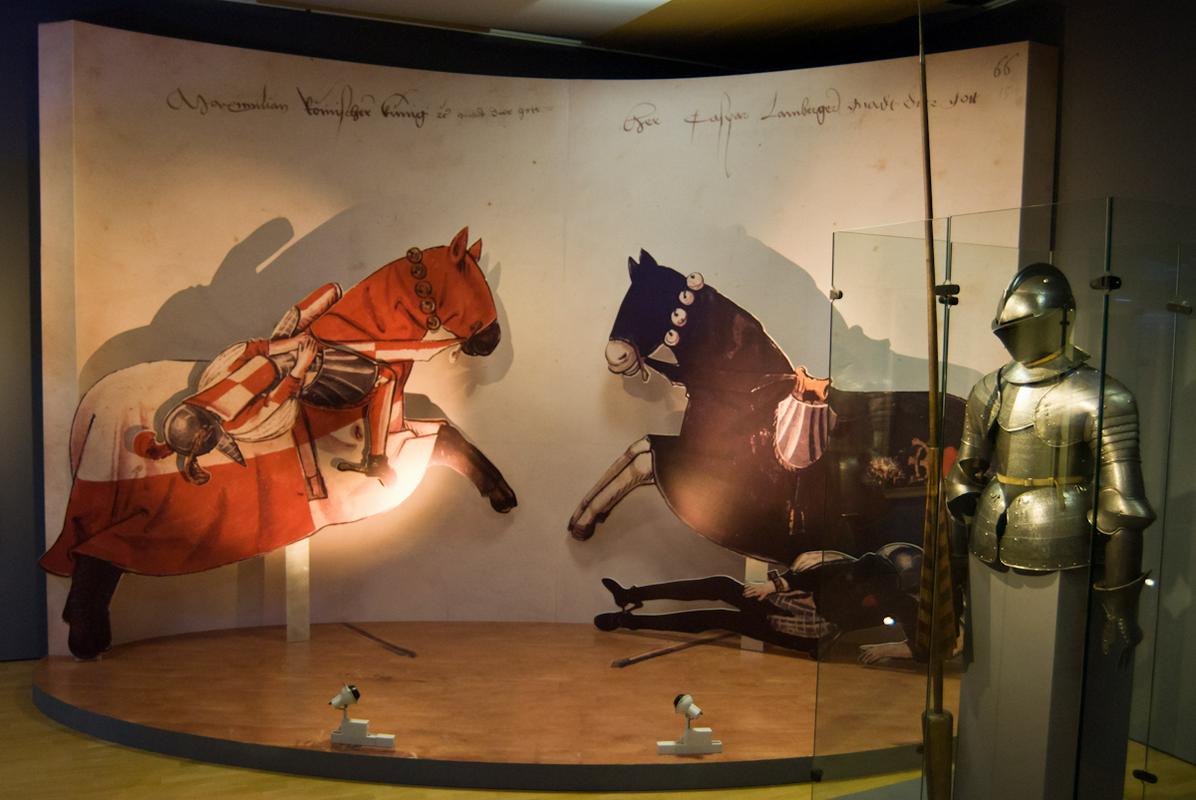
For centuries, Slovenia was a land of castles and knights. Much of that history is now just a distant memory, but one famous joust between two knights – Pegam and Lambergar – became a timeless story celebrated in poetry.
The story begins in imperial Vienna, where a giant, three-headed man named Pegam challenged the Hapsburg Emperor’s claim that his empire was the most powerful in the world. Even though Pegam insisted that no one in the empire could defeat him, the Emperor knew of someone who could save his honor: a powerful man named Lambergar, who lived in the Slovenian Lands.
The Emperor sent for Lambergar. At first, the modest Slovenian was reluctant to accept the challenge, but his mother gave him both courage and some much-needed advice: to focus on and destroy Pegam’s middle head.
Lambergar headed to Vienna, accepted the dual, and on his third encounter with Pegam, he remembered his mother’s advice. He cut off the giant’s middle head and emerged as the victor. He had vanquished the horrible Pegam and restored honor to the Hapsburg Empire.
The legend probably has its origins in a contested succession among the influential Counts of Celje. At the time, troops belonging to a Czech man named Jan Vitovec – the model for Pegam – caused considerable damage in the Slovenian Lands, before a Slovenian man named Lambergar defeated him on behalf of Emperor Frederick II. Some scholars, however, trace the legend back even further, to pre-Christian Slavic mythology.
Whatever its origins, the legend of Pegam and Lambergar has been passed down from generation to generation in the form of an epic poem. In some parts of Slovenia, the story was even brought to life on decorated beehive panels, which made it accessible to those who could not read.
Today, the legend lives on and is regularly studied in school. It serves both as a reminder of life in Medieval times and an example of living history – a story that inspired the imaginations of children and adults for hundreds of years.
Jaka Bartolj


































































